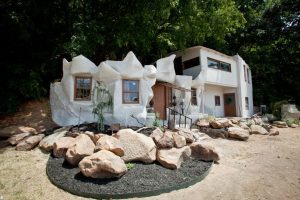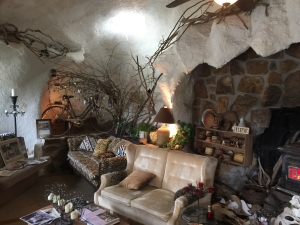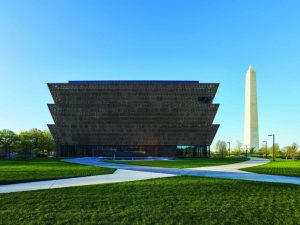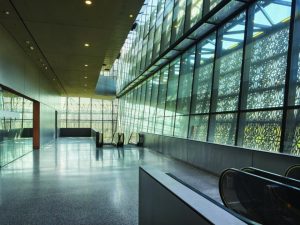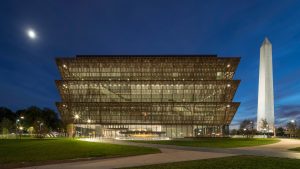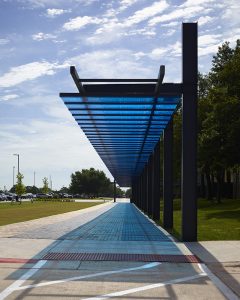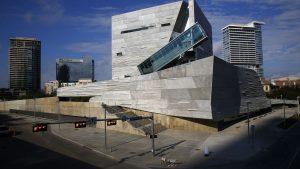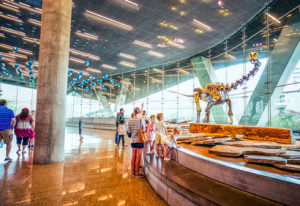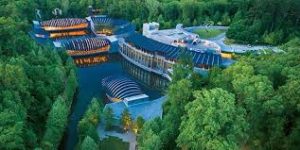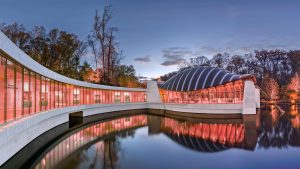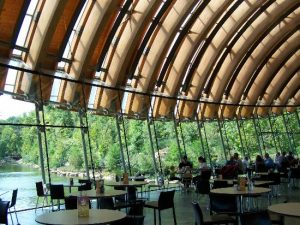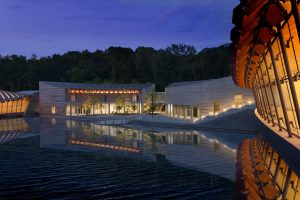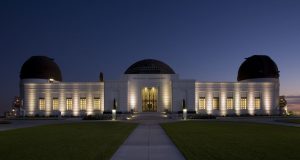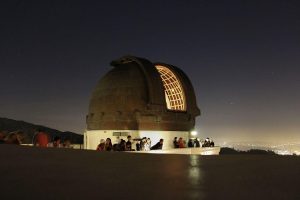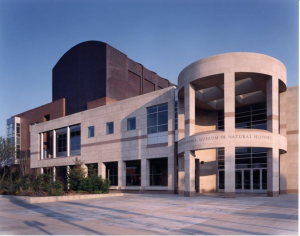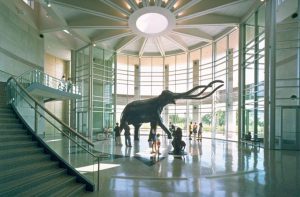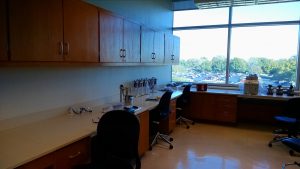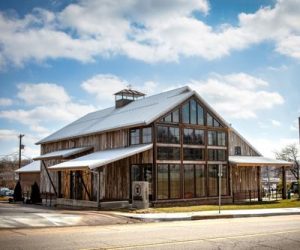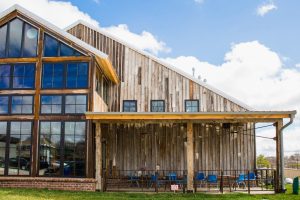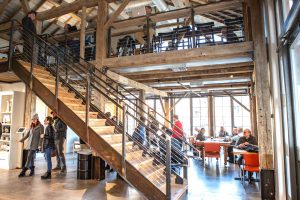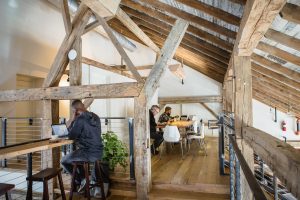Every time I drive by Riverside, I go by The Cave House. As a little girl, I have always wondered why. It was so ugly, tiny and unattractive. The white peaking of the cement with the paralleled stones in the front mirroring one another is so odd. I have gotten close to the house and it honestly creeps me out. I wish there were more square structures on the home because I actually like the left side which is more modern. But the stone-like accents really throw off the appeal.
Tulsa history has it that the house was created as a hip restaurant and then speakeasy during prohibition. The architect was Daniel Eichenfeld, and it was built by Joseph Koberling Sr. – father of art deco architect Joe Koberling Jr. who was also a geologist. It was made in the 1920s to resemble a cave at the bottom of a rocky hill.
Although the place is ugly, it has a weird charm that I think attracts many tourists. The owner of the house will give tours for $10 a pop! I personally have never toured because I do not think it is worth it but I think if someone was intrigued by odd buildings, this would definitely be it!
